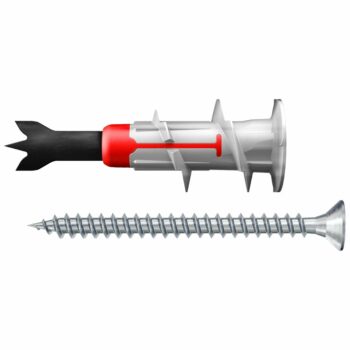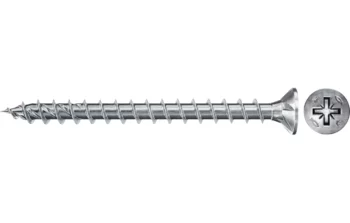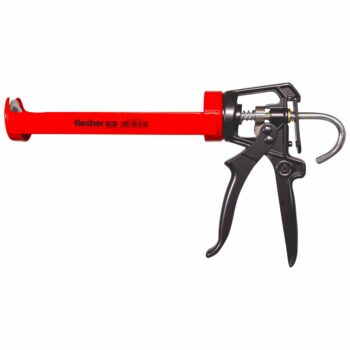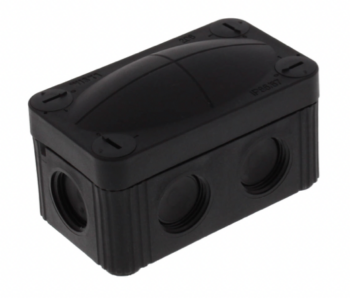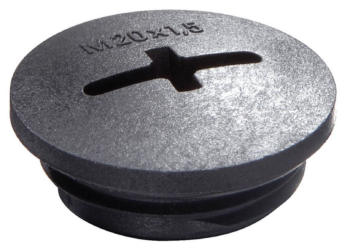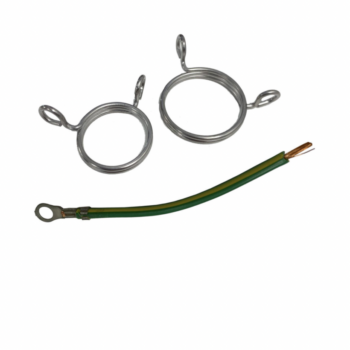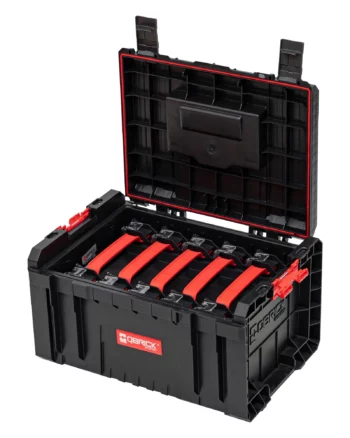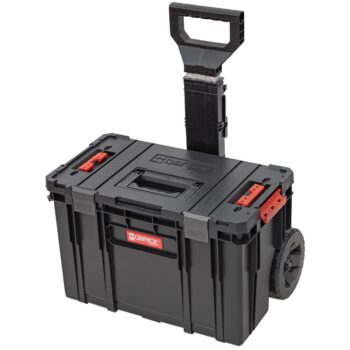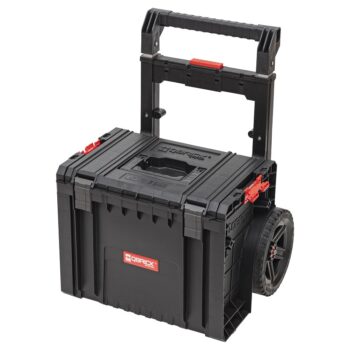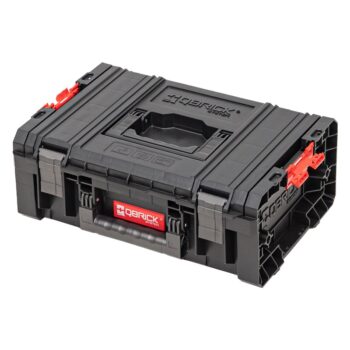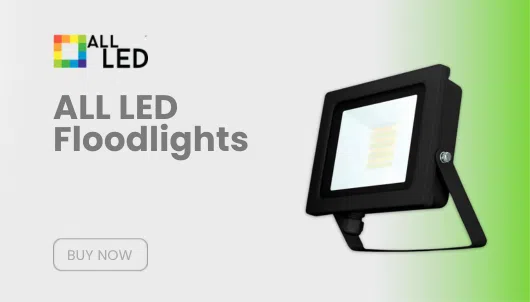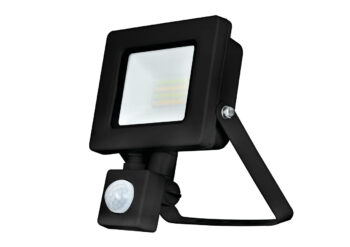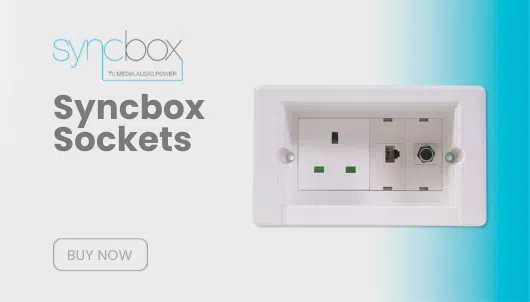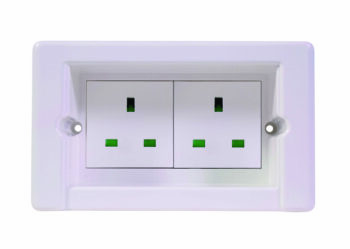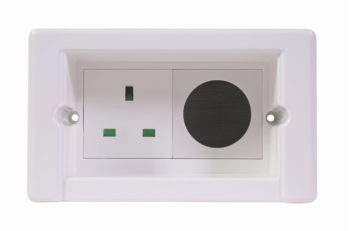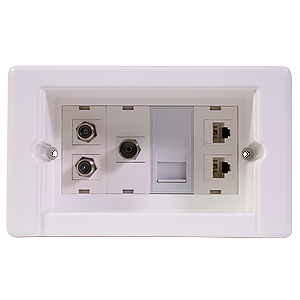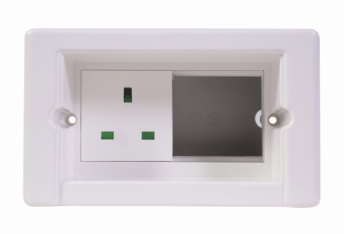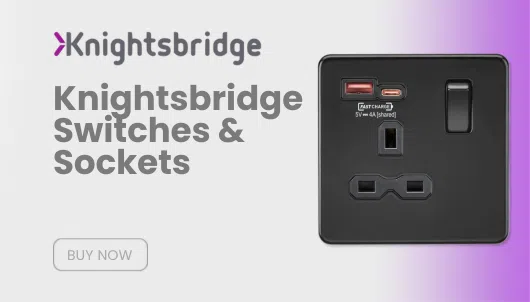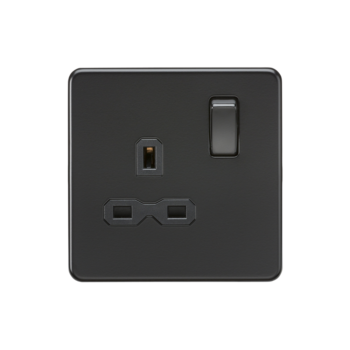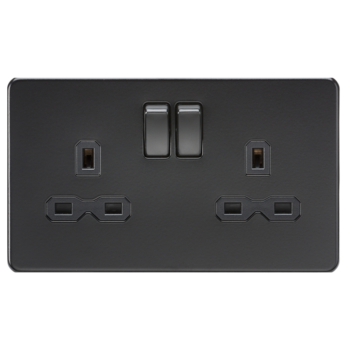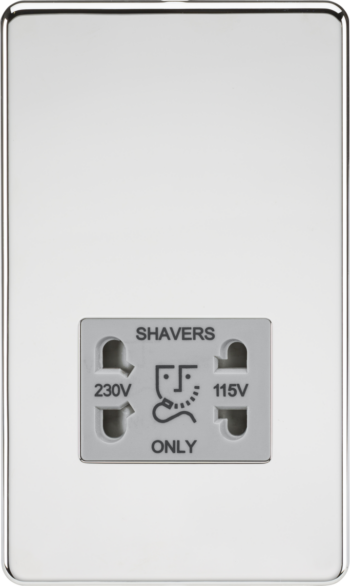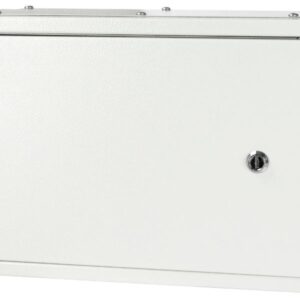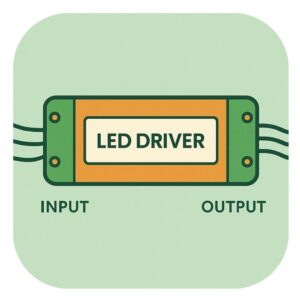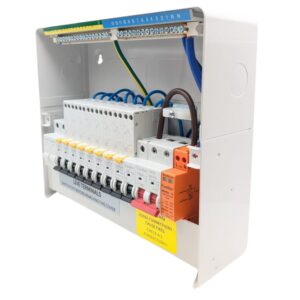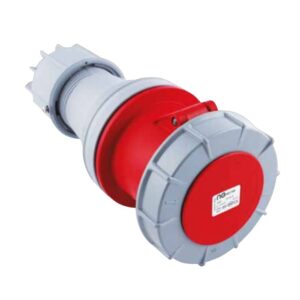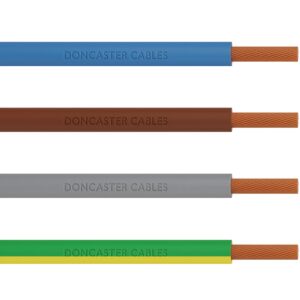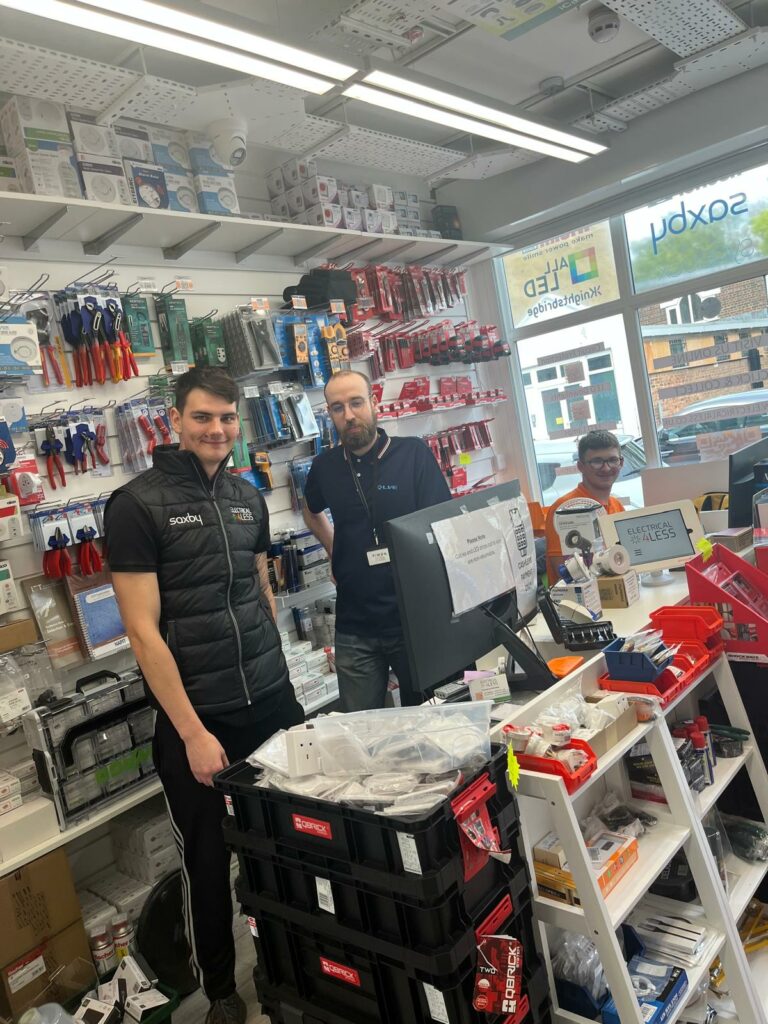
The Ultimate Guide to Buying LED Strip Lighting: Everything You Need to Know
LED strip lighting has revolutionized home and commercial lighting, offering a versatile, energy-efficient, and aesthetically pleasing way to brighten up any space. Whether you’re looking to enhance your home’s ambiance or add functional task lighting, LED strips are an excellent choice. In this guide, we’ll walk you through the process of selecting the right LED strip lighting, understanding key technical aspects, and exploring top brands like ALL LED and Saxby.
What is LED Strip Lighting?
LED strip lighting is a flexible circuit board populated with light-emitting diodes (LEDs) that can be installed almost anywhere. These strips are used to provide direct or indirect lighting, accentuate architectural features, or create visual effects. Available in various brightness levels, color temperatures, and lengths, LED strips are extremely adaptable, making them popular for both residential and commercial applications.
The History of LED Strip Lighting
The concept of LED lighting dates back to the 1960s, but it wasn’t until the early 2000s that LED strips became widely available. Originally developed for industrial and commercial use, LED strips quickly gained popularity due to their energy efficiency and ease of use. Over the years, advancements in LED technology have made them brighter, more efficient, and available in a wider range of colors and styles. Today, LED strips are a go-to option for under-cabinet lighting, decorative lighting, and even outdoor installations.
What to Consider Before Buying LED Strip Lighting
When choosing LED strip lighting, there are several key factors to keep in mind to ensure that you get the right product for your specific needs.
1. Brightness (Lumens)
Brightness is measured in lumens, and LED strip lights come in various lumen outputs. The level of brightness you need depends on the application:
- Accent Lighting: Around 200-500 lumens per meter is sufficient.
- Task Lighting: Requires 500-1,000 lumens per meter.
- General Lighting: Anything above 1,000 lumens per meter is ideal for illuminating larger areas.
2. Color Temperature
LED strips come in different color temperatures, which are measured in Kelvin (K). The lower the Kelvin, the warmer the light, and vice versa:
- Warm White (2,700K-3,000K): Ideal for living rooms, bedrooms, and cozy environments.
- Cool White (4,000K-5,000K): Great for task lighting in kitchens, bathrooms, or workspaces.
- Daylight (5,500K-6,500K): Bright and crisp, often used for commercial applications.
3. Voltage
LED strips are typically available in 12V, 24V, and 240V versions:
- 12V & 24V: Safer for indoor use and easier to install for shorter lengths.
- 240V: Suitable for longer runs and often used for outdoor installations, but professional installation is recommended due to the higher voltage.
4. Length and Cutting Options
Most LED strips come in pre-set lengths, but you can cut them to size based on your project’s requirements. Ensure you choose a strip with cut points that allow flexibility in installation. Typically, strips can be cut every 5 cm or so, depending on the model.
5. Waterproofing (IP Rating)
For outdoor or moisture-prone areas, it’s important to select LED strips with a higher IP rating:
- IP20: Suitable for dry, indoor environments.
- IP65: Splash-proof, ideal for kitchens and bathrooms.
- IP67 and IP68: Fully waterproof, perfect for outdoor use or submerged applications.
6. Drivers
LED strips require a power supply or driver to operate. Choosing the right driver is essential to ensure consistent performance and safety:
- Constant Voltage Drivers: The most common type, used for standard LED strips (12V or 24V).
- Dimmable Drivers: Allow you to adjust the brightness of your LED strips.
- Smart Drivers: Compatible with home automation systems, offering remote control and scheduling capabilities.
7. Remote Control and Smart Features
Some LED strips come with remote controls, allowing you to adjust brightness, color, and modes. Advanced models even offer integration with smart home systems like Alexa or Google Home, providing voice control and app-based settings.
Future-Proofing Your LED Strip Installation
LED strip lighting is not only energy-efficient but also offers a long lifespan, typically lasting up to 50,000 hours. To ensure that your lighting solution remains effective for years to come, consider the following:
- Modular Design: Choose systems that allow you to swap out drivers or add more strips later on.
- Dimmable Options: This feature enhances versatility and saves energy by letting you control light levels as needed.
- Smart Integration: Opt for strips compatible with future smart home expansions.
What is Nuisance Tripping?
In LED installations, “nuisance tripping” refers to frequent and unnecessary circuit breaker trips, which can occur due to incompatible drivers or poor wiring. It’s important to match the driver to the strip’s voltage and ensure proper installation to avoid this issue. If you’re using LED strips with dimmers, ensure both the driver and dimmer are designed to handle LED loads.
Electrical Regulations for LED Strip Lighting
For safety and compliance, always make sure your LED strip lighting adheres to local electrical regulations. In the UK, this means complying with Part P of the Building Regulations, which covers electrical installations in dwellings. Additionally, outdoor installations may require waterproof and weather-resistant equipment, which must meet relevant IP ratings.
Brands to Consider: ALL LED and Saxby
ALL LED
ALL LED is a renowned brand known for its high-quality, energy-efficient lighting solutions. They offer a comprehensive range of LED strip lighting, from ultra-bright task lights to subtle accent strips. ALL LED is committed to sustainability and energy conservation, using the latest technology to reduce power consumption without sacrificing performance.
Their products are praised for:
- Durability: Long-lasting and robust LED strips.
- Customizability: Wide range of color temperatures and voltages.
- Ease of Installation: User-friendly designs suitable for both DIY projects and professional installations.
Saxby
Saxby has been at the forefront of innovative lighting solutions for over 30 years. Known for their cutting-edge designs and commitment to safety, Saxby offers LED strips that balance performance with aesthetic appeal. Their range covers everything from residential to commercial-grade LED strips, catering to a variety of lighting needs.
Key features of Saxby products include:
- Energy Efficiency: Designed to maximize output while minimizing energy use.
- Flexible Designs: Ideal for both accent lighting and functional installations.
- IP-Rated Strips: Offering a variety of waterproof options for both indoor and outdoor applications.
The Buying Process for LED Strip Lighting
Step 1: Assess Your Lighting Needs
Determine where you’ll be installing the LED strips (indoors, outdoors, accent lighting, or task lighting) and choose the brightness, color temperature, and waterproofing accordingly.
Step 2: Choose the Right Strip and Driver
Once you’ve assessed your needs, select the correct LED strip based on voltage, length, and brightness. Pair it with a compatible driver, ensuring it can handle the total wattage of your chosen LED strips.
Step 3: Select Additional Features
If you want dimming capabilities or smart home integration, choose strips and drivers that support these features. Some LED strips come with remote controls, while others may offer app-based control via Wi-Fi or Bluetooth.
Step 4: Plan the Installation
While LED strips are often DIY-friendly, more complex installations may require a qualified electrician, especially for outdoor or high-voltage applications. Ensure that all components are installed according to local electrical regulations.
Step 5: Maintain and Troubleshoot
LED strip lighting is low maintenance, but you should periodically check for signs of wear, especially in outdoor environments. If you experience nuisance tripping, consult an electrician to evaluate the wiring or driver compatibility.

Conclusion
LED strip lighting offers an exciting and versatile way to illuminate any space. Whether you’re aiming to highlight architectural features, create mood lighting, or add functional task lighting, brands like ALL LED and Saxby provide high-quality solutions for every application. By considering factors like brightness, color temperature, voltage, and drivers, you can confidently choose the right LED strip lighting for your home or business.
Always ensure your installation is carried out by a qualified professional, especially for complex or high-voltage systems, and keep future needs in mind to ensure your lighting setup remains adaptable and efficient for years to come.
See our full range of LED Strip here!





